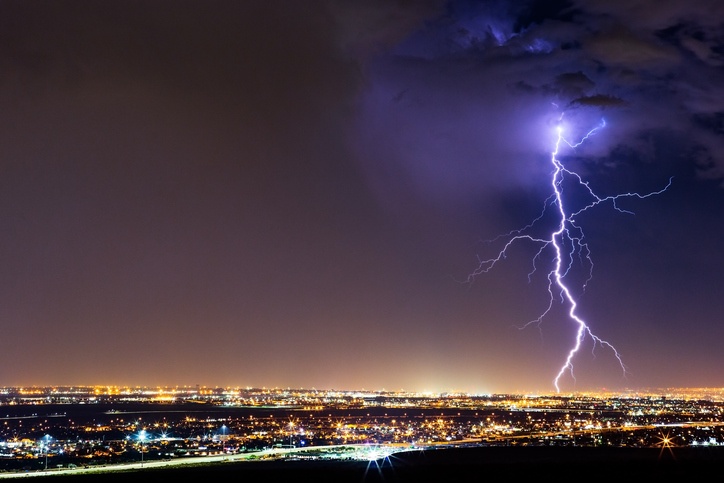
By Eric Spacek
Summer is around the corner and many churches are preparing for a rush of activity around weddings, festivals, kids camps and more.
Summer also kicks off storm season, which means there’s no better time to review (or create) a severe weather plan to safeguard your church from severe weather.
As a church leader, your first instinct is to help others impacted by disaster. And often, houses of worship provide shelter for those displaced by storms. To best respond to those in need, you must first make sure your organization is prepared to protect its own people and property.
Start by understanding the basics of severe weather preparedness. Here are just a few tips to get you thinking about your own severe weather plan:
General preparation
- Have a communications plan in place that includes contact persons, safe meeting locations and other important phone numbers to help reduce confusion in the event of severe weather.
- Have an emergency kit stocked and ready for a natural disaster. Include items such as first aid supplies, blankets, batteries, a National Oceanic and Atmospheric Administration (NOAA) weather radio and enough food and water to last at least three days.
- Often, well-meaning organizations that offer their facility as a shelter have found themselves in over their head. As a result, shelter guests became victims of theft and assault. If you do not have enough space to provide private quarters for all guests, staff up volunteers at the facility to provide around the clock protection.
- If and when damage occurs, you’ll need to make an insurance claim. Document everything you can with pictures and videos, and store copies off-site.
For severe storms
- If there is time, consider hiring a professional to trim any tree branches overhanging the building and any dead limbs or branches that may cause damage during the storm.
- Move any chairs, portable tables, equipment, and materials to a secure location so they do not become airborne during the storm and cause damage to the building.
For hurricanes
- Your shutters serve as the first line of defense against heavy winds and flying debris, protecting your windows and doors and, by extension, everything inside your facility. Use metal or polycarbonate plastic shutters and avoid plywood if possible.
For flooding
- Sign up to receive alerts when flood conditions are possible in your area. You can receive these notifications from the Advanced Hydrologic Prediction Service or often through your local news and weather forecast provider.
- If advanced warning of a flood is given, you may have time to protect your building with sandbags or other materials designed to prevent water intrusion.
- When the sun is shining is the best time to spot cracks, weather stripping and paint. Ensure all cracks are caulked or filled with foam expansion. Repair and repaint any damaged surfaces and replace any torn or eroded weather stripping before severe weather strikes.
When you have a plan in place, and your church facilities and grounds are secure, you are best positioned to fulfill your organization’s mission.
 Eric Spacek is Assistant Vice President — Risk Control, Church Mutual Insurance Company, S.I.
Eric Spacek is Assistant Vice President — Risk Control, Church Mutual Insurance Company, S.I.


